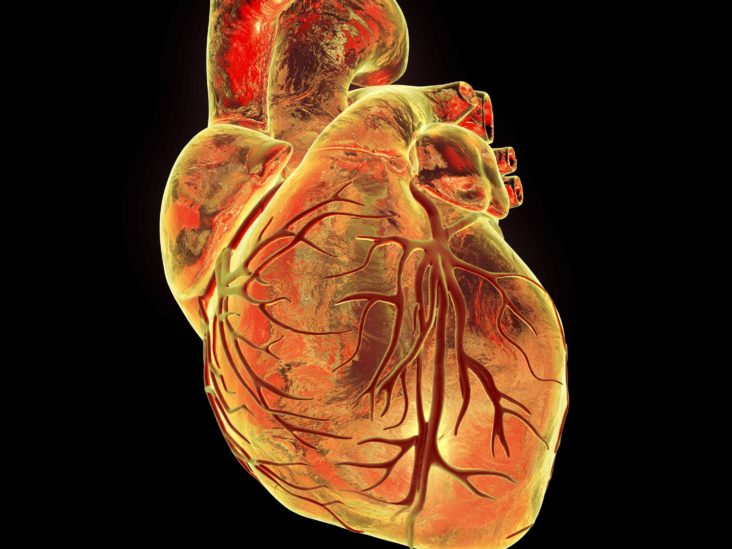
tuberculosis, fungi, Neisseria gonorrhoeae). Negative cultures in the presence of other indicators of infection should prompt an assessment for fastidious or slow-growing organisms (e.g., M. Culture in blood culture bottles is not ideal for polymicrobial specimens, as this strategy may not accurately assess the variety of organisms present because some organisms may be obscured by overgrowth of other more rapidly growing organisms. If inoculated into blood culture bottles at the bedside, additional fluid in a sterile container should be submitted for any desired tests other than bacterial culture (e.g., Gram stain). Peritoneal, pleural, and pericardial fluids may be cultured in aerobic and anaerobic blood culture bottles if the presence of multiple organisms is reasonably uncertain (e.g., spontaneous bacterial peritonitis). Bennett MD, in Mandell, Douglas, and Bennett's Principles and Practice of Infectious Diseases, 2020 Peritoneal, Pleural, and Pericardial Fluids 53,54 Identification of genomic material by PCR may be helpful in identifying a viral etiology in patients with effusions of uncertain etiology. 2,52 Selected cytokine and related biomarkers measured in both pericardial fluid and serum have shown promise in distinguishing various types of inflammatory effusions, but their precise roles have not been elucidated. As discussed below, there may be a role for measurement of tumor markers as a screen for malignant effusion.

New and novel approaches for the analysis of pericardial fluid have been the subject of active investigation. 1,2,8,18 If there is a suspicion of tuberculous pericarditis, at least one of these tests should be routine because of the difficulty in diagnosing this disorder and delays in making a diagnosis by culture. including unstimulated interferon-gamma (uIFN-γ), adenosine deaminase (ADA), lysozyme levels, and the polymerase chain reaction (PCR). In suspected tuberculous pericardial disease, several other tests are useful. Pericardial fluid should routinely be stained and cultured for bacteria, including Mycobacterium tuberculosis, and fungi and as much fluid as possible submitted for detection of malignant cells.

Cholesterol-rich (“gold paint”) effusions occur in hypothyroidism. Chylous effusions can occur after traumatic or surgical injury to the thoracic duct or obstruction by neoplasms. Sanguineous fluid is nonspecific and does not necessarily indicate active bleeding. 2 Although most effusions are exudates, detection of a transudate reduces diagnostic possibilities. Measurements should include WBCs and differential, hematocrit, and protein content. Although routine analysis of fluid does not have a very high yield for disease etiology, analysis is rewarding with bacterial infections and malignant effusions. 1 Lymphocytes are the predominant cell type. Normal pericardial fluid has the features of a plasma ultrafiltrate. Zipes MD, in Braunwald's Heart Disease: A Textbook of Cardiovascular Medicine, 2019 Analysis of Pericardial Fluid


 0 kommentar(er)
0 kommentar(er)
